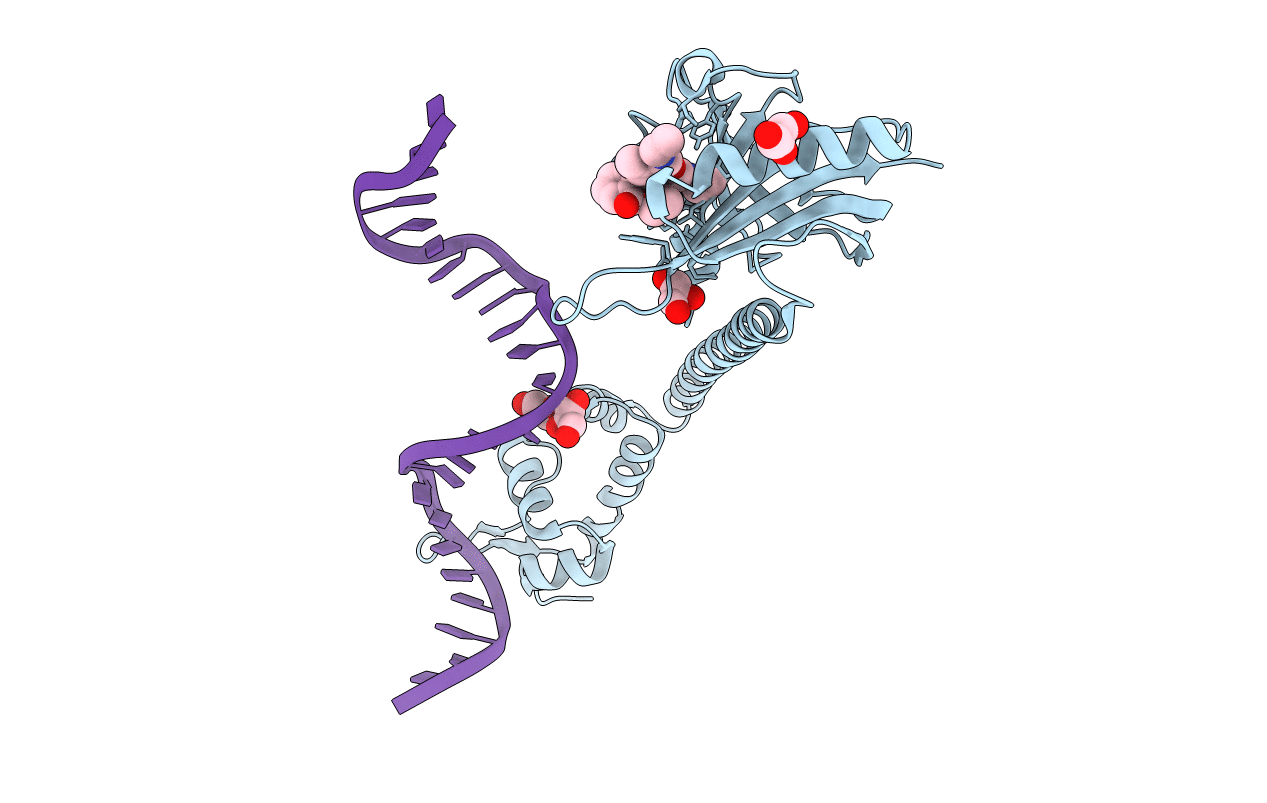
Deposition Date
2008-05-20
Release Date
2008-08-26
Last Version Date
2023-08-30
Entry Detail
PDB ID:
3D6Z
Keywords:
Title:
Crystal structure of R275E mutant of BMRR bound to DNA and rhodamine
Biological Source:
Source Organism:
Bacillus subtilis (Taxon ID: 1423)
synthetic construct (Taxon ID: 32630)
synthetic construct (Taxon ID: 32630)
Host Organism:
Method Details:
Experimental Method:
Resolution:
2.60 Å
R-Value Free:
0.26
R-Value Work:
0.22
R-Value Observed:
0.22
Space Group:
P 43 2 2


